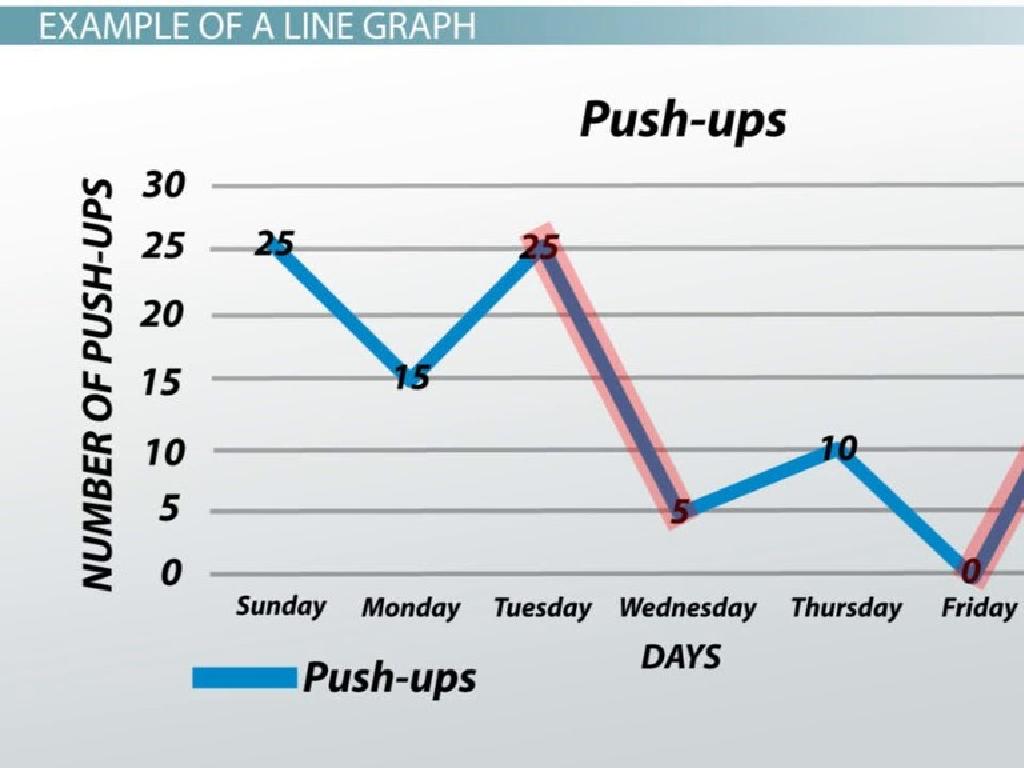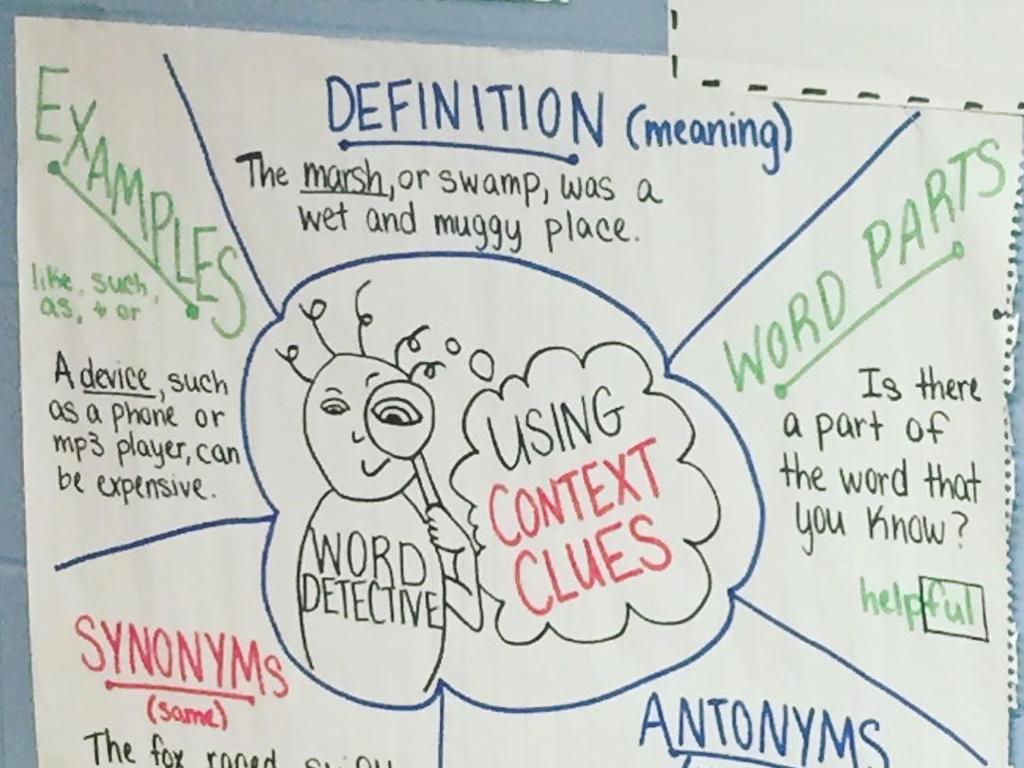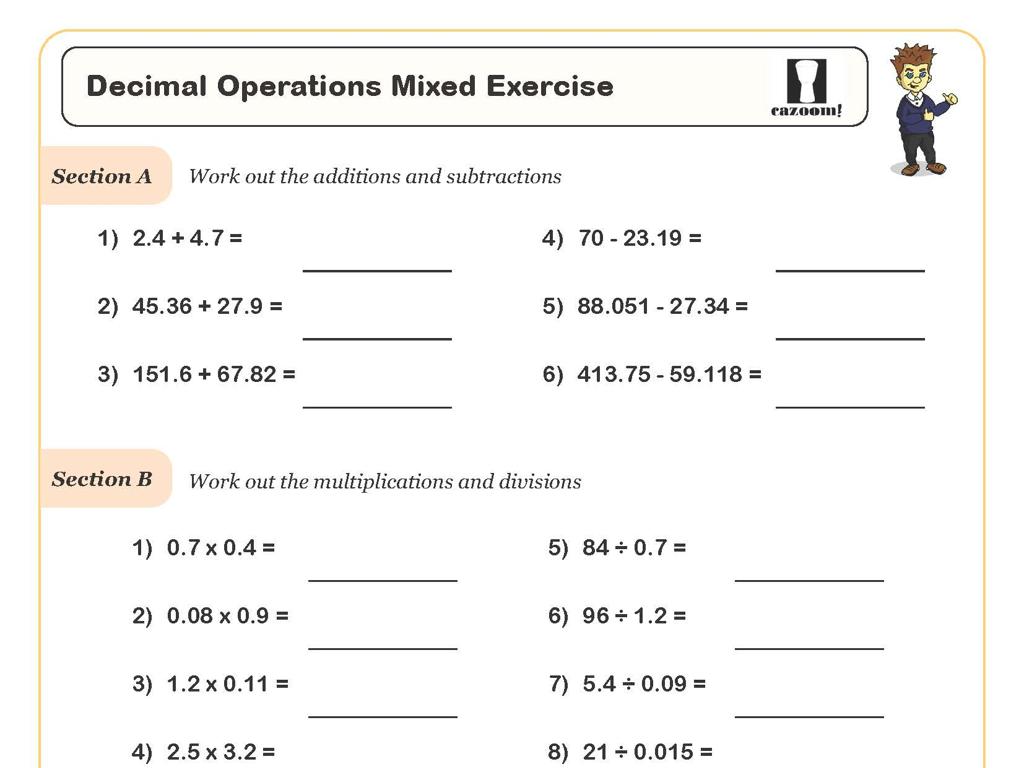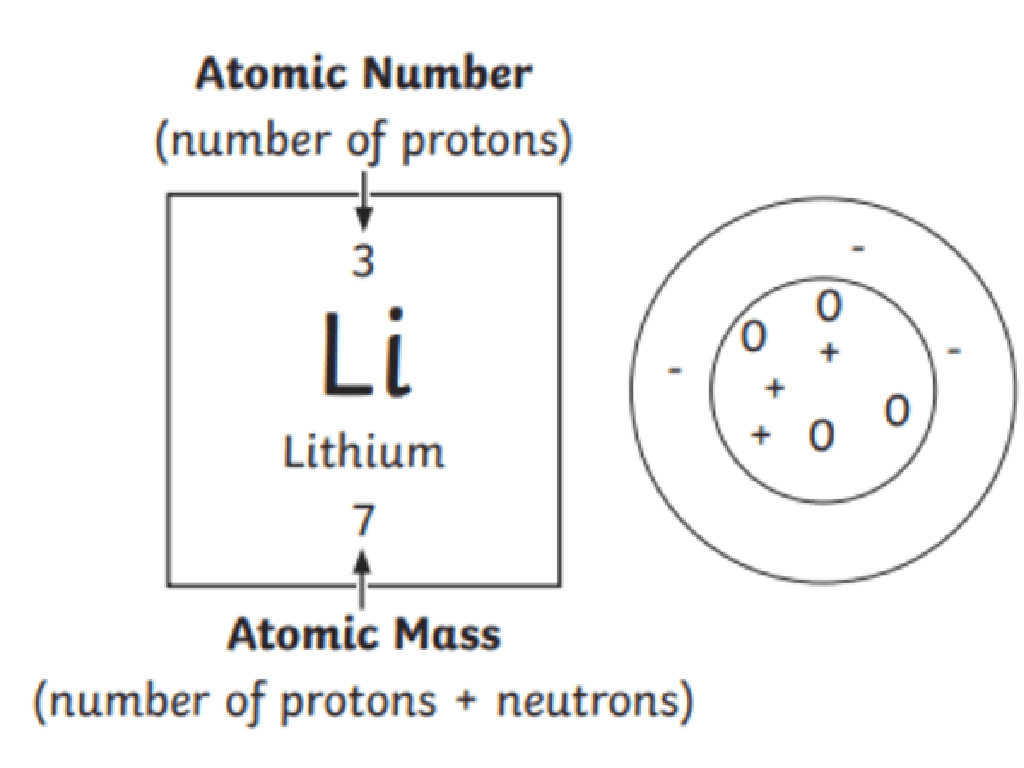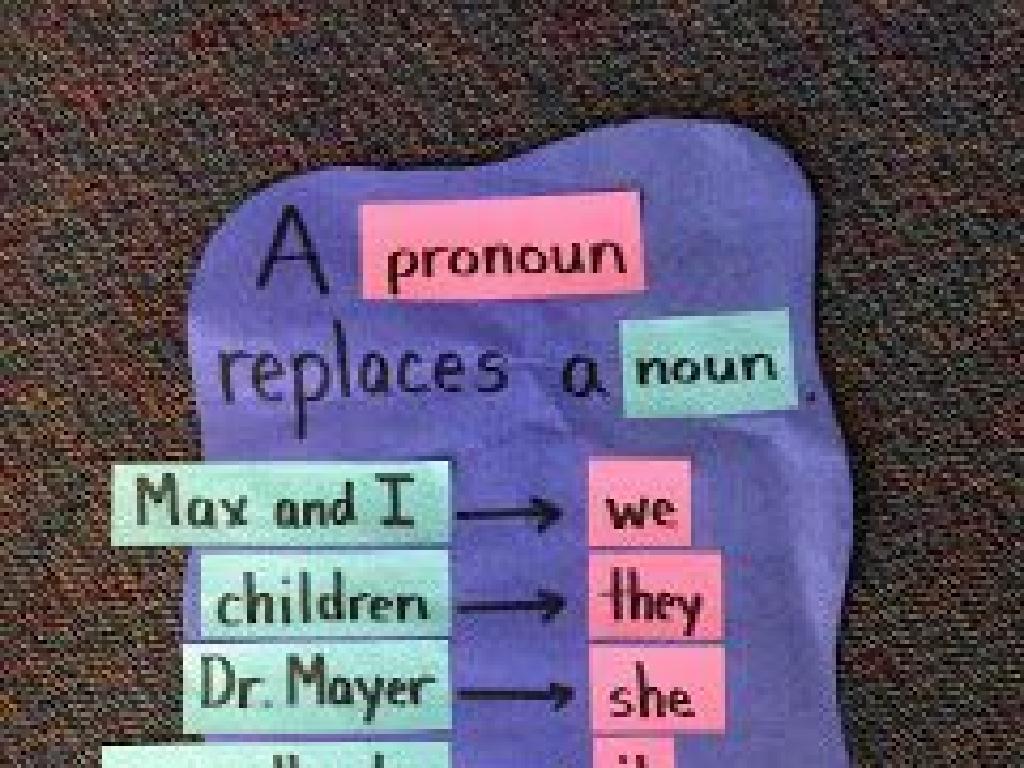Use The Correct Homophone
Subject: Language arts
Grade: Third grade
Topic: Homophones
Please LOG IN to download the presentation. Access is available to registered users only.
View More Content
Welcome to Homophones!
– What are homophones?
– Words that sound alike but have different meanings
– Sound the same, different meanings
– Different spellings
– Examples: to, two, too
– ‘to’ (direction), ‘two’ (number), ‘too’ (also)
|
This slide introduces the concept of homophones to third-grade students. Homophones are words that are pronounced the same way but have different meanings and are spelled differently. It’s important to highlight that understanding the context of a sentence is key to choosing the correct homophone. Provide examples like ‘to,’ ‘two,’ and ‘too’ to illustrate the concept. ‘To’ is used for expressing direction, ‘two’ is the number after one, and ‘too’ means also or excessively. Encourage students to think of other homophones and use them in sentences to reinforce their understanding.
Homophones We Know
– Share known homophones
– Examples: ‘pair’ and ‘pear’, ‘flour’ and ‘flower’
– Importance of correct usage
– Using the right homophone avoids confusion and makes our writing clear.
– Quick homophone identification
– Listen to a story and spot the homophones.
– Activity: Find homophones in a story
|
Begin the lesson by asking students to share homophones they are already familiar with, which will help activate their prior knowledge. Emphasize the importance of using the correct homophone to ensure clear communication, both in speech and writing. Conduct a quick activity where you read a short story aloud and have students identify the homophones they hear. This will help them practice listening for context and improve their ability to distinguish between homophones in real-time. For the activity, prepare a story that contains several homophones and pause after each to discuss. Encourage participation and praise correct identifications to build confidence.
Pair & Share: Homophone Hunt
– Team up with a buddy
– Brainstorm homophones together
– Homophones sound the same but have different meanings, like ‘to’ and ‘two’
– Record your homophones in a notebook
– Get ready to discuss your list
|
This activity is designed to be a fun and interactive way for students to engage with homophones. By working in pairs, students can collaborate and challenge each other to think of as many homophones as possible, fostering a cooperative learning environment. Encourage them to use their creativity and recall words from previous lessons. Provide examples of homophones to get them started, such as ‘sea’ and ‘see’ or ‘night’ and ‘knight’. After the activity, facilitate a discussion where pairs can share their findings with the class, allowing students to learn from each other. This will also help reinforce their understanding of homophones and how they are used in language.
Homophones in Context
– What are homophones?
– Words that sound the same but have different meanings and spellings, like ‘to’, ‘two’, and ‘too’.
– Context clues help choose
– The words around a homophone in a sentence can give us hints about which spelling is correct.
– Fill in the blanks exercise
– Practice makes perfect
– The more we practice, the better we get at using homophones correctly!
|
This slide introduces the concept of homophones to third-grade students and explains how context can help determine the correct usage. Start by defining homophones and giving examples. Emphasize the importance of using surrounding words to understand which homophone fits in a sentence. The class exercise will involve filling in the blanks with the correct homophones, which will be a practical application of the lesson. Encourage students to read the sentences carefully and use context clues. As a teacher, prepare a list of sentences with missing homophones for the exercise and be ready to assist students who may struggle with this concept.
Homophone Hunt Activity
– Explore our classroom library
– Find and mark homophones with sticky notes
– Homophones sound the same but have different meanings and spellings, like ‘flower’ and ‘flour’.
– Share your homophone discoveries
– Tell us which homophones you found and in which books.
– Learn and have fun with words
|
This interactive activity is designed to help students recognize and understand homophones words that sound the same but have different meanings and spellings. Encourage the students to look through various books in the classroom library and use sticky notes to mark pages containing homophones. Once they have collected a few examples, ask them to share their findings with the class. This will not only reinforce their understanding of homophones but also improve their ability to identify them in text. Provide guidance on how to explain the different meanings of the homophones they find. For the teacher: Prepare a list of common homophones as a reference, ensure there are enough sticky notes for all students, and consider pairing students to promote teamwork.
Homophone Story Time
– Write a story with homophones
– Try to use words that sound the same but have different meanings.
– Draw pictures for your story
– Your drawings will help explain the homophones.
– Each homophone should be clear
– Make sure we can understand each word you choose!
– Get ready to present tomorrow!
|
This slide introduces a creative class activity that will help students understand homophones words that sound the same but have different meanings and spellings. Encourage the students to write a short story using as many homophones as they can think of. They should also illustrate their story to help clarify the meaning of each homophone. This will aid in visual learning and reinforce the concept. The activity will culminate in a presentation where students can share their stories with the class, allowing them to practice their speaking skills and demonstrate their understanding of homophones. Provide examples of homophones to get them started, such as ‘pair’ and ‘pear’ or ‘flour’ and ‘flower’. Remind them to be creative and have fun with their stories.
Class Activity: Homophone Charades
– Act out a homophone silently
– Classmates guess the homophone pair
– Discuss each homophone’s meaning
– For ‘pair’, discuss ‘pear’ as the fruit
– Reflect on the activity
– Think about what was easy or hard
|
This interactive class activity is designed to help students understand homophones words that sound the same but have different meanings and spellings through a fun game of charades. Each student will take turns acting out a homophone without using any words, while the rest of the class tries to guess the correct homophone and its pair. After a correct guess, discuss the meanings of each homophone to reinforce understanding. For example, if a student acts out ‘pair’, the class can discuss ‘pear’ as the fruit. Conclude the activity by reflecting on which homophones were easy or difficult to guess and why. This will help students remember the homophones better and also improve their critical thinking skills.
Homophone Review & Quiz Time!
– Review today’s homophones
– Go over pairs like ‘to, too, two’ and ‘there, their, they’re’
– Take a fun quiz
– Answer questions to show what you know
– Practice makes perfect
– Share what you’ve learned
– Tell the class about a homophone pair you remember
|
This slide is meant to recap the homophones covered in today’s lesson and to check students’ understanding through a quiz. Start by reviewing the homophones discussed, giving examples for each. Then, move on to a short, interactive quiz that can be conducted verbally or on paper, depending on the classroom setup. Emphasize the importance of practice in mastering the use of homophones. Finally, encourage students to share their favorite homophone pair from the lesson, fostering a collaborative and supportive learning environment. The teacher should prepare a list of homophone pairs, quiz questions, and possible activities for different learning styles to ensure an engaging review session.
Homophones: Conclusion & Homework
– Congratulations on learning homophones!
– Homework: Craft 10 sentences
– Create sentences using words like ‘pair’ and ‘pear’
– Use different homophones in each
– Make sure each sentence has a pair of homophones
– Share your sentences in class tomorrow
|
Great work today, class! For homework, I want you to write 10 sentences, and each sentence should include a pair of homophones. Remember, homophones are words that sound the same but have different meanings and spellings, like ‘to,’ ‘two,’ and ‘too.’ This exercise will help you practice and reinforce what you’ve learned about homophones. Be creative, and try to come up with sentences that make the meaning of each homophone clear. Tomorrow, we’ll share some of these sentences to see how well you’ve understood the concept. This will be a fun way to learn from each other and celebrate our progress!

